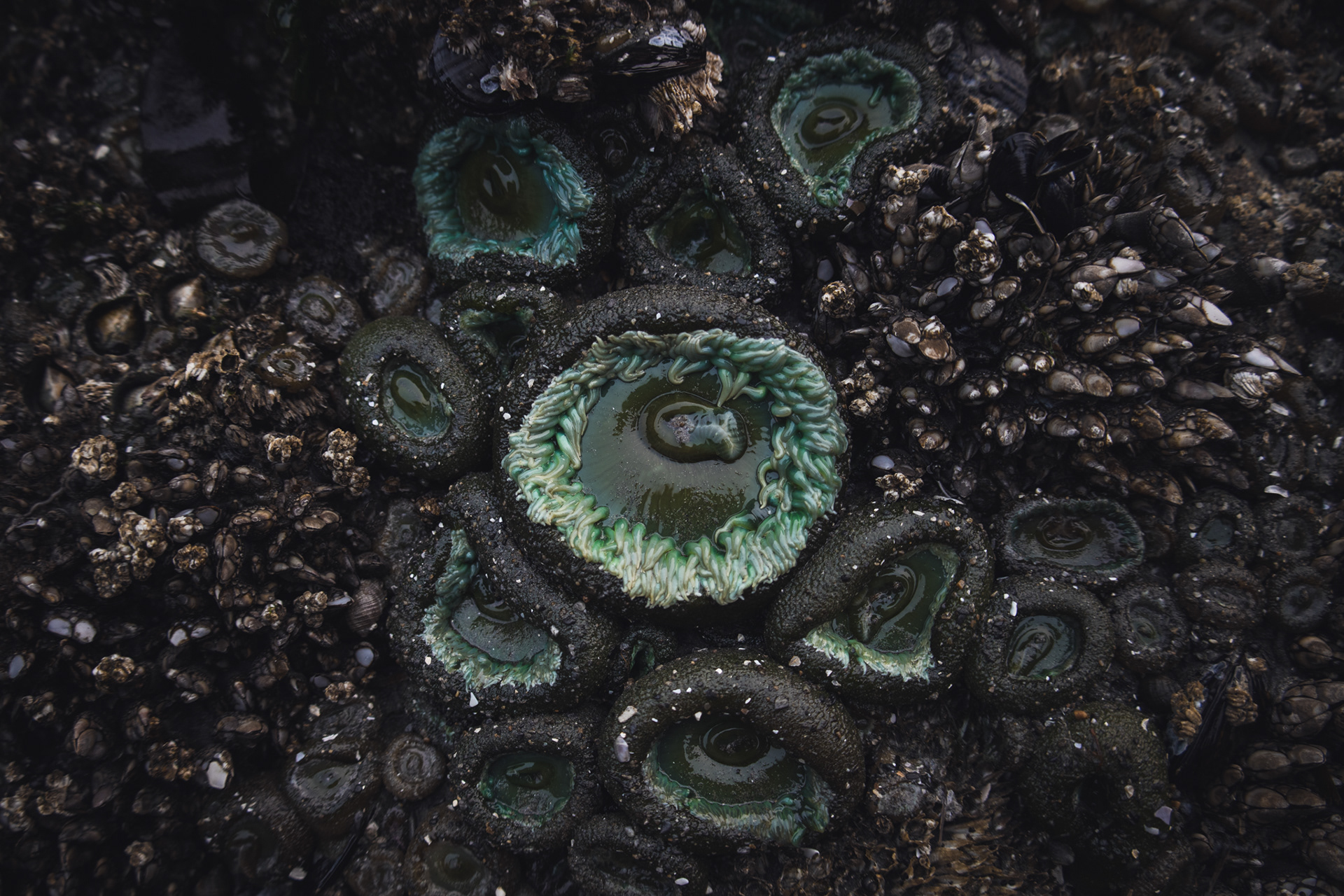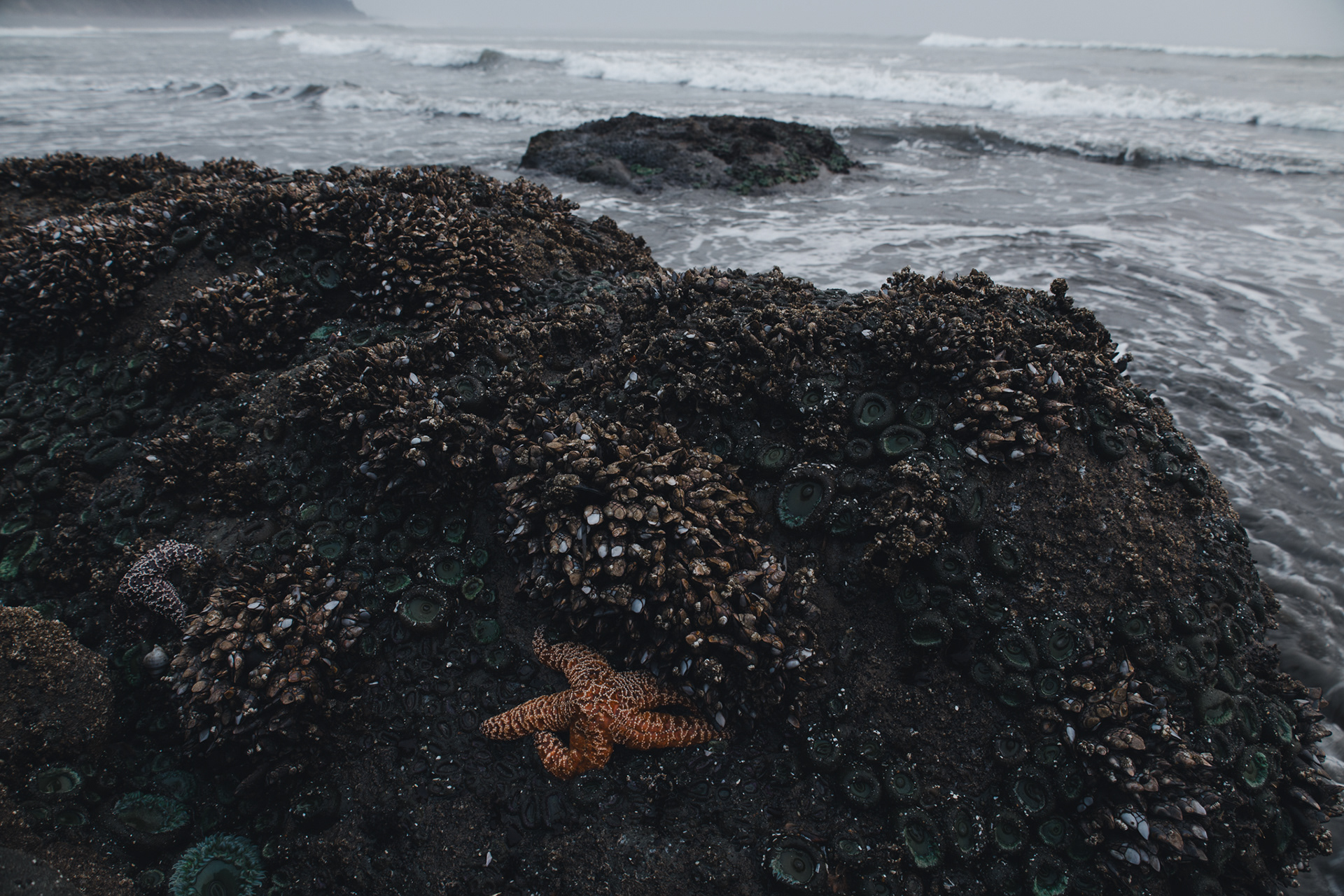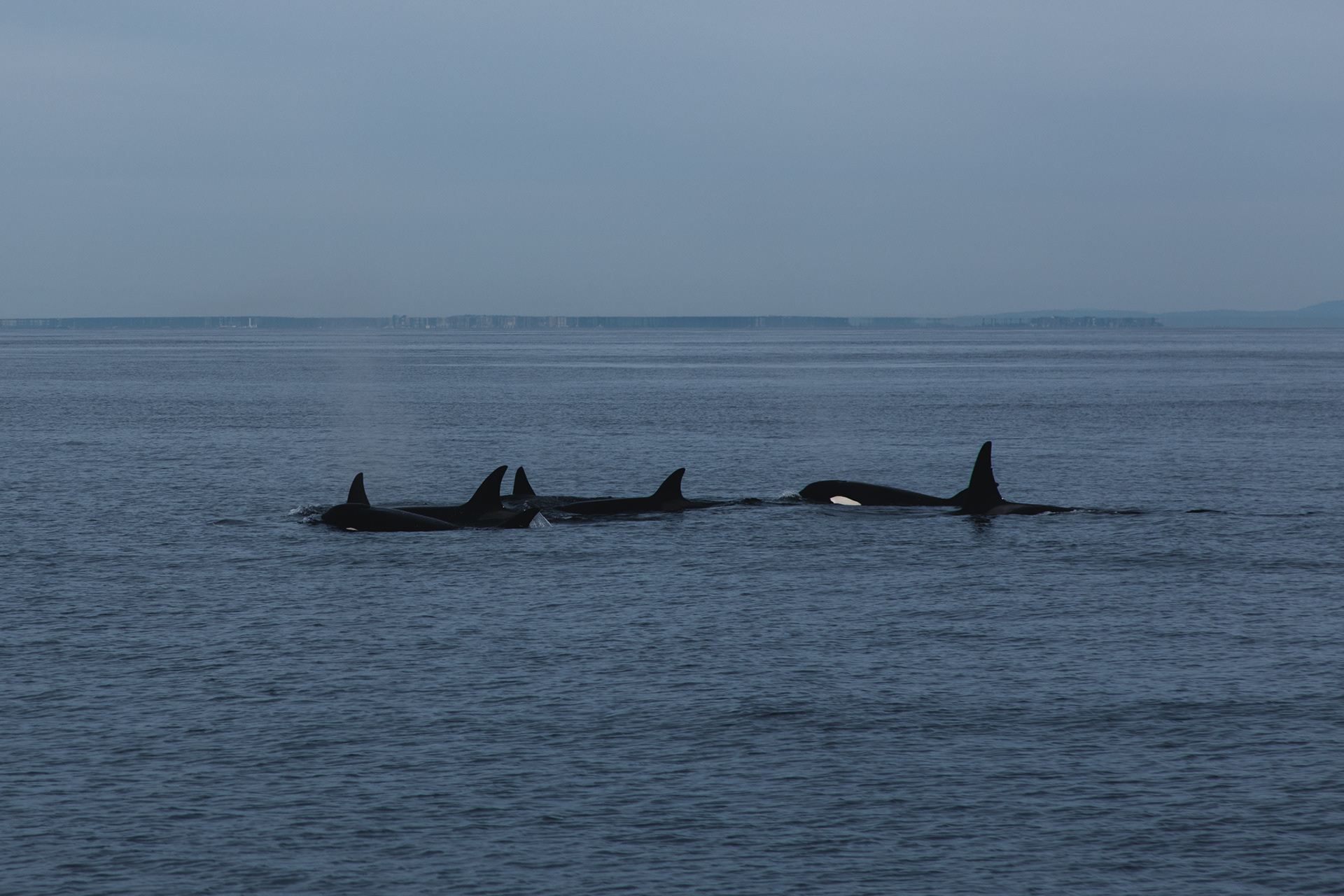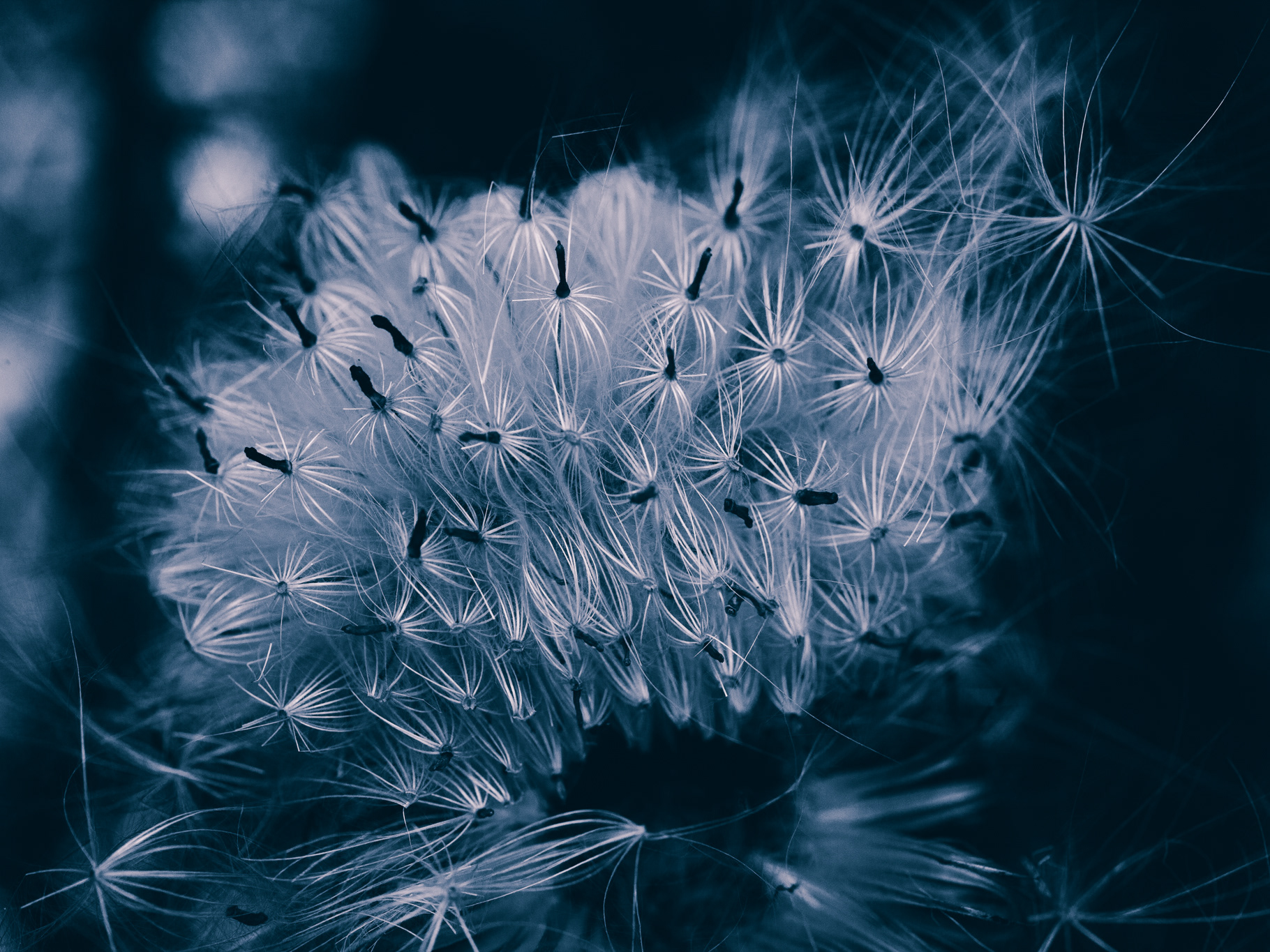MARINE WEST COAST FORESTS
OLYMPIC NATIONAL PARK, WASHINGTON, USA
- WHERE THE MOUNTAINS MEET THE SEA -
The Olympic Mountains were born in the Pacific Ocean. As the Juan de Fuca Plate subducts beneath the North American Plate, sediment layers are scraped off the ocean floor, and are pushed up to become the nearly 8,000 ft high mountains. These mountains are home to over 150 glaciers; however, due to climate change, these glaciers are expected to largely disappear by the year 2070. In 1982, the park had 266 glaciers; in 2009 there were only 184. Between the late 1970's to 2009, researchers detected a 34% loss of glacier surface area.
"Although glaciers may look like lifeless fields of ice, they support many organisms, including ice worms, algae, and bacteria that will die if these glaciers disappear. Alpine ecosystems, including birds like Rosy Finches, rely on glaciers and their biota for food. Without glaciers, these ecosystems will crumble, threatening the biodiversity of the Olympic Peninsula." ~Jon Riedel






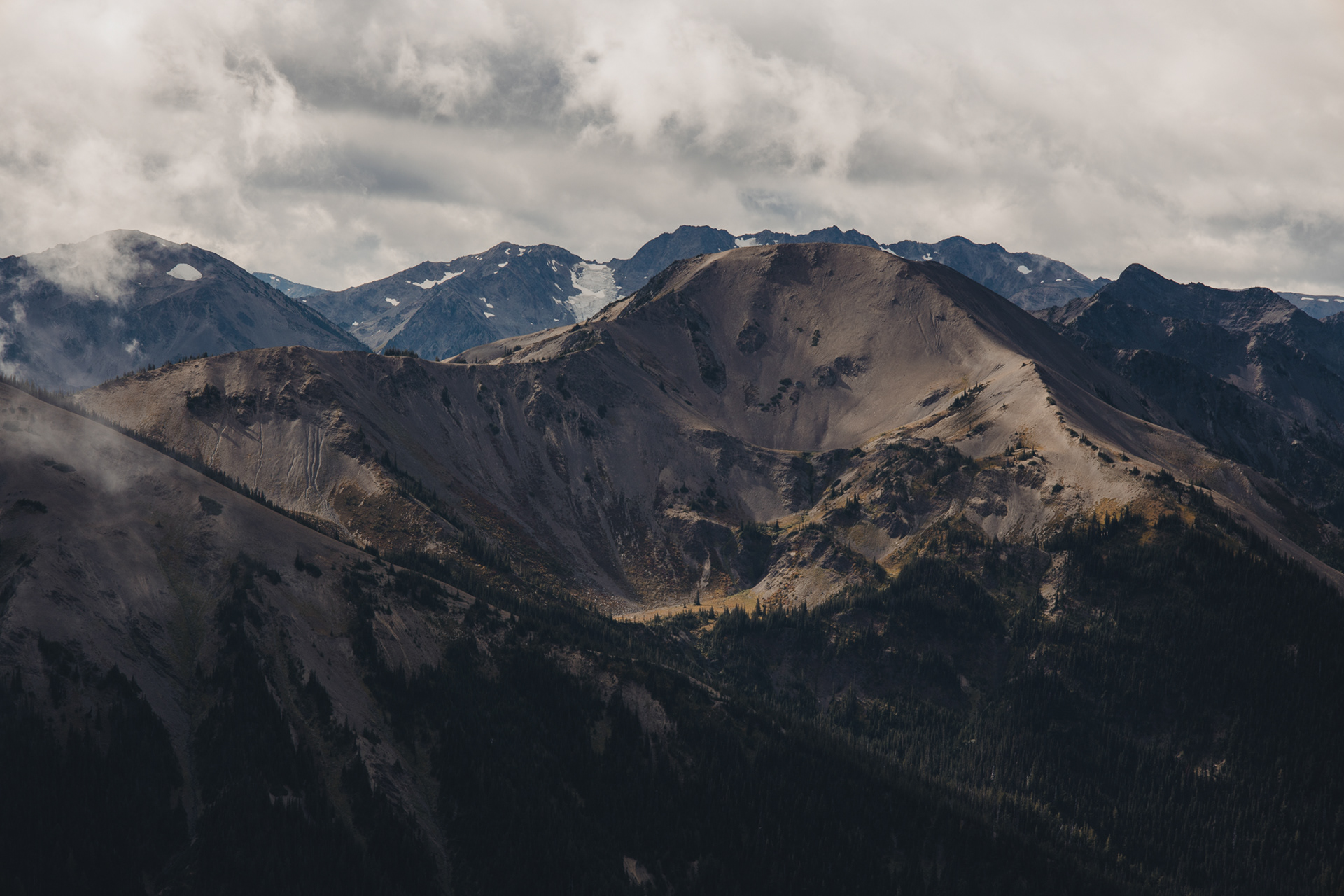


The Hoh Rainforest is part of a larger coastal temperate rainforest that stretches from southern Alaska to Oregon. Due to its proximity to the Pacific Ocean, it receives an average of 140 inches of rain a year, and up to 170 inches during the wettest years. In all of North America, there are only a few places that receive more rain than the Hoh, and they are all located within this coastal rainforest.
The Hoh River, which is fed by the glaciers on the highest peak of the Olympic Mountains, runs through the rainforest before making its way to the Pacific Ocean. Glacier melt is important to the survival of the plant and animal species found here because it feeds the river and the forest, supplying them with water during the summer and fall when precipitation is low. Fish species such as the Sockeye Salmon that depend on cold glacier melt will be perhaps the most negatively impacted by glacier loss.
The Hoh is an old growth forest, which means that it has never been logged. Some of the trees in this rainforest are over 300 feet tall and more than 1,000 years old. Coastal temperate rainforests are one of the rarest ecosystems in the world, occurring on less than 1% of the Earth's land surface. Over a third of their total remaining area is located within a narrow band in the North American Pacific Northwest. In North America, more than half of the coastal temperate rainforests have been destroyed by humans. Globally, humans have destroyed half of all of the forests on earth, and only one fifth of these remaining forests are old growth forests.






The Pacific Northwest is home to some of the world's best tide pools. The beaches on the coast of the Pacific Ocean at Olympic National Park provide excellent tide pool viewing opportunities. However, human disturbance has severely effected most Pacific Northwest tide pools. Please be respectful of the animals that live not only in the tide pools but on the rocks that become exposed during low tide.


